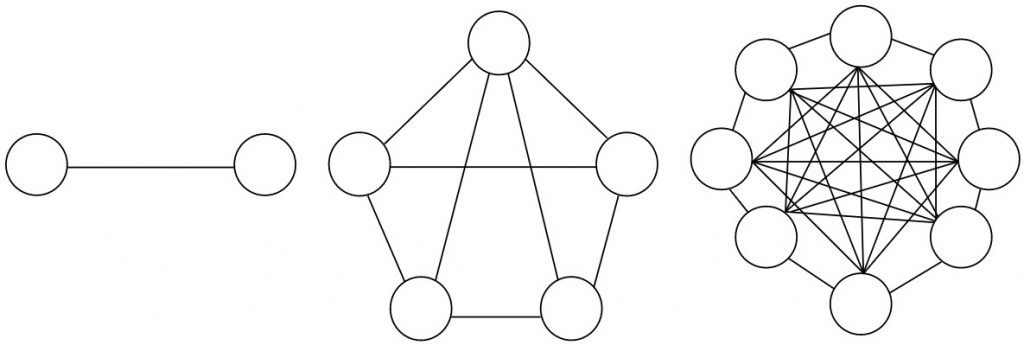Introduction to Network Effects
Last Updated on 28. April 2023 by Martin Schuster
Definition: Network Effect describes how the utility of a product changes if the number of users of this product changes. In some cases, particularly social networks, the utility can scale exponentially with the size of the network. (Reed’s law)

We can distinguish between positive and negative network effects.
- Positive network effects: In a positive network effect, the value of this service for each user increases with rising user numbers. A striking example of a network effect is the internet.
- Negative network effects: In a negative network effect, the value of a network for each user decreases with each additional new user.
Positive network effects can contribute to path dependency by positively reinforcing the current path.
Example for positive network effects
If only one person has access to the internet, it cannot draw many benefits from it. There is nobody, who publishes websites, writes e-mails, or posts pictures on social media. It is also impossible to contact anyone via the internet if no one else is connected.
But the more people have access, the more people can be reached, and the more content and services are provided. This makes it much more useful for every single person.
Example for negative network effects
In a computer network, users use bandwidth for uploading and downloading content. This slows down the network and affects every other user.

 Register
Register Sign in
Sign in